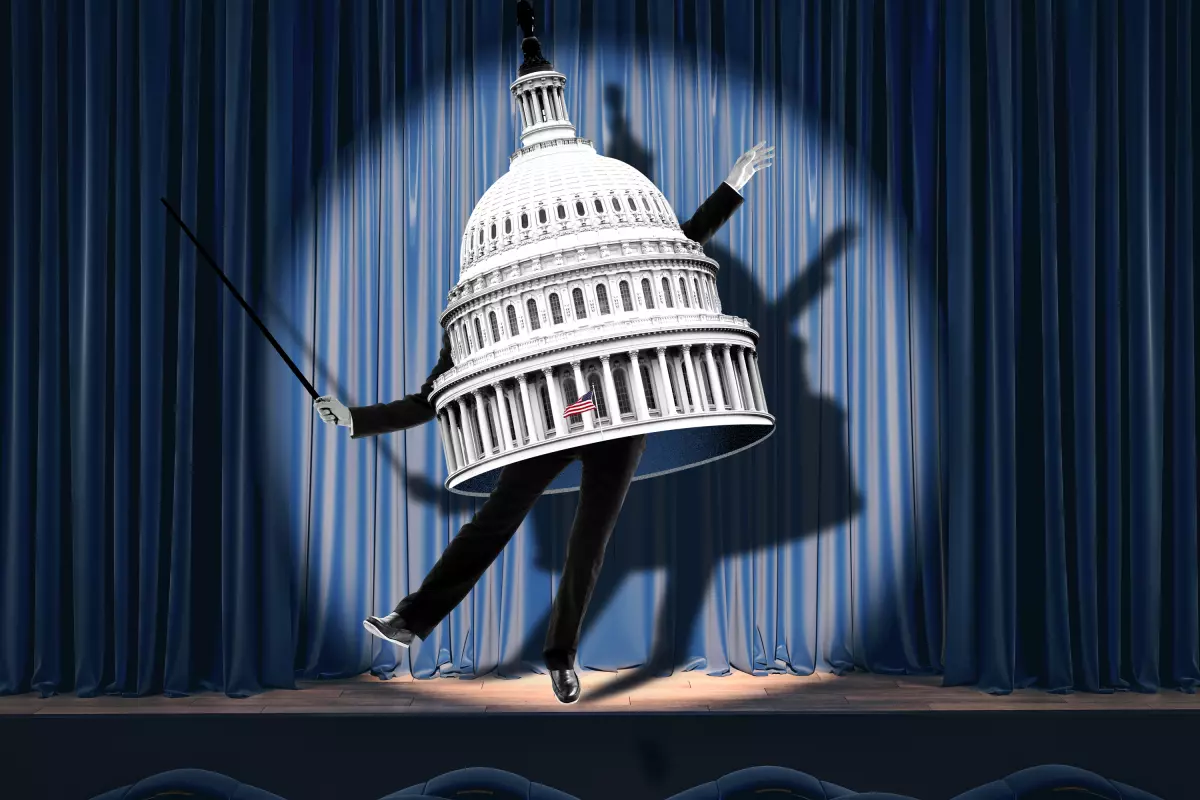Has Canada’s foreign buyer ban actually cooled Vancouver’s housing market—or is it more political symbolism than substance? We examine the data, the loopholes, and what it really means for affordability in 2025.
In January 2023, Canada rolled out the Prohibition on the Purchase of Residential Property by Non-Canadians Act, better known as the foreign buyer ban, with the stated goal of curbing speculative demand, cooling housing prices, and giving Canadians a better shot at homeownership. It was bold, headline-grabbing, and widely supported by a public that had grown tired of watching prices skyrocket while global capital flowed freely into local real estate.
Fast forward to 2025, and the picture looks murkier. Prices are still high, affordability remains elusive, and some industry insiders are asking the uncomfortable question: Was the foreign buyer ban more of a political performance than an effective policy?
Let’s start with what the ban was intended to do. On paper, it was straightforward: for two years, non-citizens and non-permanent residents would be prohibited from buying residential property in Canada, with some exceptions for students, workers, refugees, and foreign-controlled companies involved in development. It was meant to send a clear message—homes are for Canadians, not for global investors parking capital.
But in practice, the policy has been more symbolic than surgical.
According to data from the BC Ministry of Finance and the Canada Mortgage and Housing Corporation (CMHC), foreign buyers represented a relatively small share of transactions in Metro Vancouver even before the ban—less than 5% in many areas by 2022. The bulk of market activity was being driven by domestic investors, end-users, and intergenerational wealth transfers. Cutting out that last sliver of foreign demand may have had some psychological impact, but on a macro level, it didn’t fundamentally shift supply, affordability, or overall pricing trajectories.
What’s more, the loopholes are wider than they appear. Corporations with complex ownership structures, international trusts, and partnerships with Canadian proxies can still find pathways into the market. Developers backed by foreign capital are permitted to purchase land for large-scale projects. Foreign students and workers—many with access to significant overseas wealth—are still eligible under the right conditions. The line between enforcing the spirit versus the letter of the law is, at best, blurry.
There’s also the issue of timing. The ban coincided with rising interest rates, global inflation, and shifting monetary policy—all of which had a much more immediate and measurable cooling effect on real estate prices than any regulatory measure. So when prices plateaued in 2023 and softened slightly in early 2024, it was tempting for policymakers to claim victory. But correlation doesn’t mean causation. In reality, the ban may have simply ridden the coattails of broader economic trends while having minimal independent impact.
Then there’s the optics.
From a political standpoint, the foreign buyer ban was a savvy move. It played well with a frustrated middle class, redirected public anger toward an easy scapegoat, and gave the appearance of bold action without disrupting the domestic financial system or seriously challenging entrenched market dynamics. But in doing so, it arguably diverted attention away from more meaningful structural solutions: zoning reform, density incentives, infrastructure investment, and tax policies that address speculation at all levels, not just internationally.
Meanwhile, unintended consequences have started to emerge. Some developers—especially those reliant on presales to foreign investors—have delayed or cancelled projects. In certain luxury markets, inventory has piled up without the international buyer base to absorb it, leading to price stagnation at the high end but little trickle-down effect for middle-income buyers. And for regions like Vancouver, which position themselves as global cities, there’s a reputational risk in appearing closed to international capital—even the productive kind that funds housing construction.
It’s also worth noting that other jurisdictions have tried similar policies with mixed results. New Zealand, for example, implemented a foreign buyer ban in 2018, only to see housing prices continue to rise due to persistent supply constraints and strong domestic demand. The lesson? Cutting off foreign buyers may win political points, but it doesn’t fundamentally change the equation if the deeper issues go unaddressed.
So, where does that leave us now?
With the two-year prohibition set to expire in 2025 (barring an extension), the government faces a decision. Double down and extend the ban, or quietly phase it out and hope the market doesn’t react. Either way, we’ll need to have a more honest conversation about what’s actually driving housing unaffordability in cities like Vancouver. It’s not just foreign capital. It’s underbuilt supply, restrictive zoning, intergenerational wealth dynamics, tax policy loopholes, and a deeply financialized housing system that treats real estate as both a necessity and an asset class.
In the end, the foreign buyer ban may have been more about public perception than economic substance—a form of political theatre designed to demonstrate action without tackling the more controversial or complex drivers of the housing crisis. And while it may have bought the government some time, it hasn’t bought Canadians many more homes they can actually afford.
